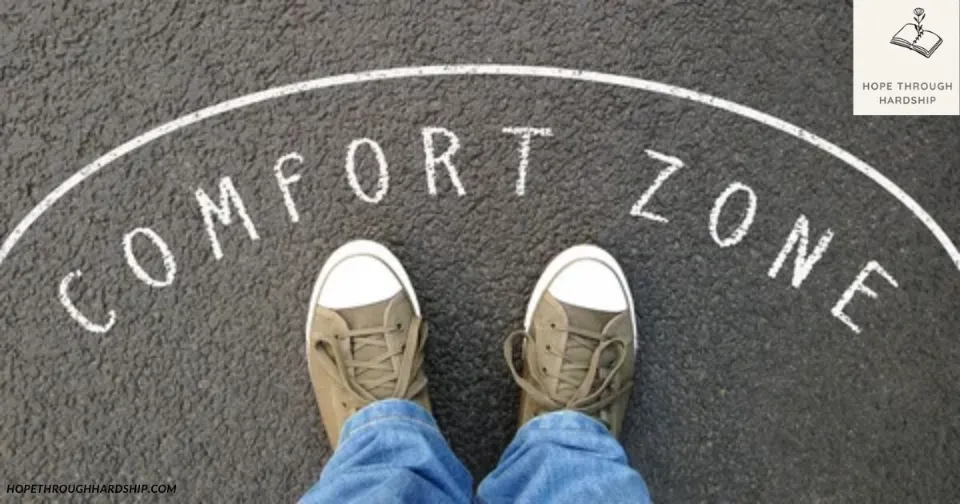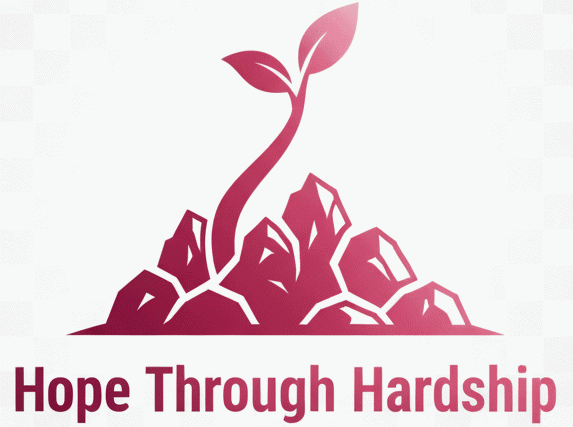Understanding the Famous Comfort Zone Quote

The famous saying goes like this: “A comfort zone is a beautiful place – but nothing ever grows there.” This simple truth hits hard because it’s so relatable. We all love feeling safe and secure in our daily routines.
However, this comfort zone, a beautiful place, a quote reveals a deeper truth about human nature. Additionally, it shows why many people stay stuck in unfulfilling situations. Moreover, the quote challenges us to think differently about safety versus growth.
Most people spend their whole lives avoiding discomfort. Therefore, they miss out on amazing opportunities for personal development. Furthermore, they wonder why their lives feel boring or meaningless. The answer lies in understanding what this powerful quote means.
Why Your Comfort Zone Feels So Safe and Appealing
Your brain is wired to keep you safe from danger. Consequently, it creates comfortable patterns that feel predictable and secure. Meanwhile, anything new or different triggers warning signals in your mind.
This comfort zone beautiful place, becomes like a cozy blanket that wraps around your life. Similarly, it provides warmth and familiarity that feels incredibly appealing. However, staying wrapped up too long can harm your growth and happiness.
Think about a plant growing in a small pot. Initially, the pot provides perfect conditions for growth. Nevertheless, eventually the plant outgrows its container and needs more space. Likewise, humans need to expand beyond their current limitations to reach their full potential.
The Psychology Behind Staying Comfortable
Scientists have studied why people resist change even when it benefits them. Specifically, your brain has a negativity bias that makes risks seem scarier than they are. Furthermore, this ancient survival mechanism helped our ancestors avoid real dangers.
Today, however, this same mechanism keeps you from taking beneficial risks. Therefore, your mind treats job interviews like saber-tooth tiger attacks. Additionally, it makes public speaking feel like a life-or-death situation.
Real-Life Examples of Comfort Zone Limitations
Consider Sarah, who worked the same job for fifteen years. She felt secure and competent in her role every single day. However, she also felt bored and unfulfilled by her work. Meanwhile, opportunities for advancement passed her by because she avoided applying for new positions.
Another example is Mark, who wanted to start his own business. Instead, he spent years talking about his ideas without taking action. Therefore, he remained stuck in a job he disliked. Furthermore, his dreams stayed just dreams because he couldn’t leave his comfort zone, a beautiful place.
These stories show how comfort zones can become invisible prisons. Moreover, they demonstrate why the famous quote resonates with so many people. Additionally, they reveal the hidden costs of staying too comfortable for too long.
How Comfort Zones Limit Your Potential
Staying comfortable prevents you from developing new skills and abilities. Therefore, your personal growth stagnates like water in a stagnant pond. Furthermore, you miss chances to discover what you’re truly capable of achieving.
Additionally, comfort zones create false security that can disappear suddenly. For instance, companies downsize and eliminate “safe” jobs without warning. Meanwhile, people who regularly challenge themselves develop resilience and adaptability.
Simple Steps to Leave Your Comfort Zone Safely
The good news is you don’t need to make dramatic changes overnight. Instead, you can expand your comfort zone gradually through small, manageable steps. Furthermore, this approach reduces fear while building confidence over time.
Start by identifying one area where you feel stuck or unfulfilled. Then, brainstorm small actions you could take to improve that situation. Moreover, choose the least scary option and commit to trying it this week.
For example, if you’re afraid of public speaking, start by speaking up more in meetings. Similarly, if you want to change careers, begin by researching different options online. Additionally, if you’re shy, practice making small talk with cashiers or neighbors.
Building Confidence Through Micro-Challenges
Micro-challenges are tiny steps outside your comfort zone that build momentum over time. Therefore, they help you prove to yourself that you can handle discomfort. Furthermore, they create positive experiences that motivate you to keep growing.
Try these simple micro-challenges this week: take a different route to work, try a new restaurant, or call an old friend. Meanwhile, notice how these small changes affect your mood and energy levels. Additionally, celebrate each small victory to reinforce your courage.
The Hidden Benefits of Embracing Discomfort
When you step outside your comfort zone, a beautiful place, amazing things start happening. First, you discover strengths you didn’t know you possessed. Moreover, you develop confidence that comes from overcoming challenges.
Additionally, you become more interesting and attractive to others. People are drawn to individuals who take risks and pursue growth. Furthermore, you create stories and experiences that enrich your life immeasurably.
Research shows that people who regularly challenge themselves report higher life satisfaction. Therefore, temporary discomfort leads to lasting happiness and fulfillment. Moreover, they develop resilience that helps them handle future challenges more effectively.
How Discomfort Accelerates Personal Growth
Discomfort forces your brain to create new neural pathways and connections. Consequently, you become more creative and adaptable in all areas of life. Meanwhile, you develop problem-solving skills that serve you well in various situations.
Furthermore, challenging experiences teach you that you’re stronger than you thought. Therefore, you approach future obstacles with greater confidence and optimism. Additionally, you learn to trust your ability to figure things out as you go.
Practical Strategies for Managing Fear and Anxiety
Fear is natural when leaving your comfort zone, but it doesn’t have to control you. Instead, you can learn to work with fear rather than against it. Moreover, simple techniques can help you stay calm during challenging moments.
Deep breathing exercises calm your nervous system when anxiety strikes. Similarly, positive self-talk replaces fearful thoughts with encouraging ones. Additionally, visualization helps you mentally rehearse successful outcomes before taking action.
Remember that courage isn’t the absence of fear; it’s action despite fear. Therefore, you can feel scared and still move forward toward your goals. Furthermore, each time you act courageously, it becomes easier the next time.
Creating Your Growth Plan
Effective growth requires planning rather than random acts of courage. Therefore, create a simple plan that outlines specific steps you’ll take. Furthermore, set realistic timelines that keep you accountable without overwhelming you.
Start by writing down three areas where you’d like to grow or change. Then, identify one small action you can take in each area within the next month. Moreover, schedule these actions in your calendar like important appointments.
Track your progress in a journal or smartphone app to maintain motivation. Additionally, reward yourself for completing challenges, no matter how small they seem. Meanwhile, remember that the comfort zone beautiful place quote reminds us that growth requires leaving familiar territory.
Your journey beyond your comfort zone starts with a single step. Therefore, choose one small action and take it today. Furthermore, trust that each step forward expands your possibilities and transforms your life in beautiful ways.

